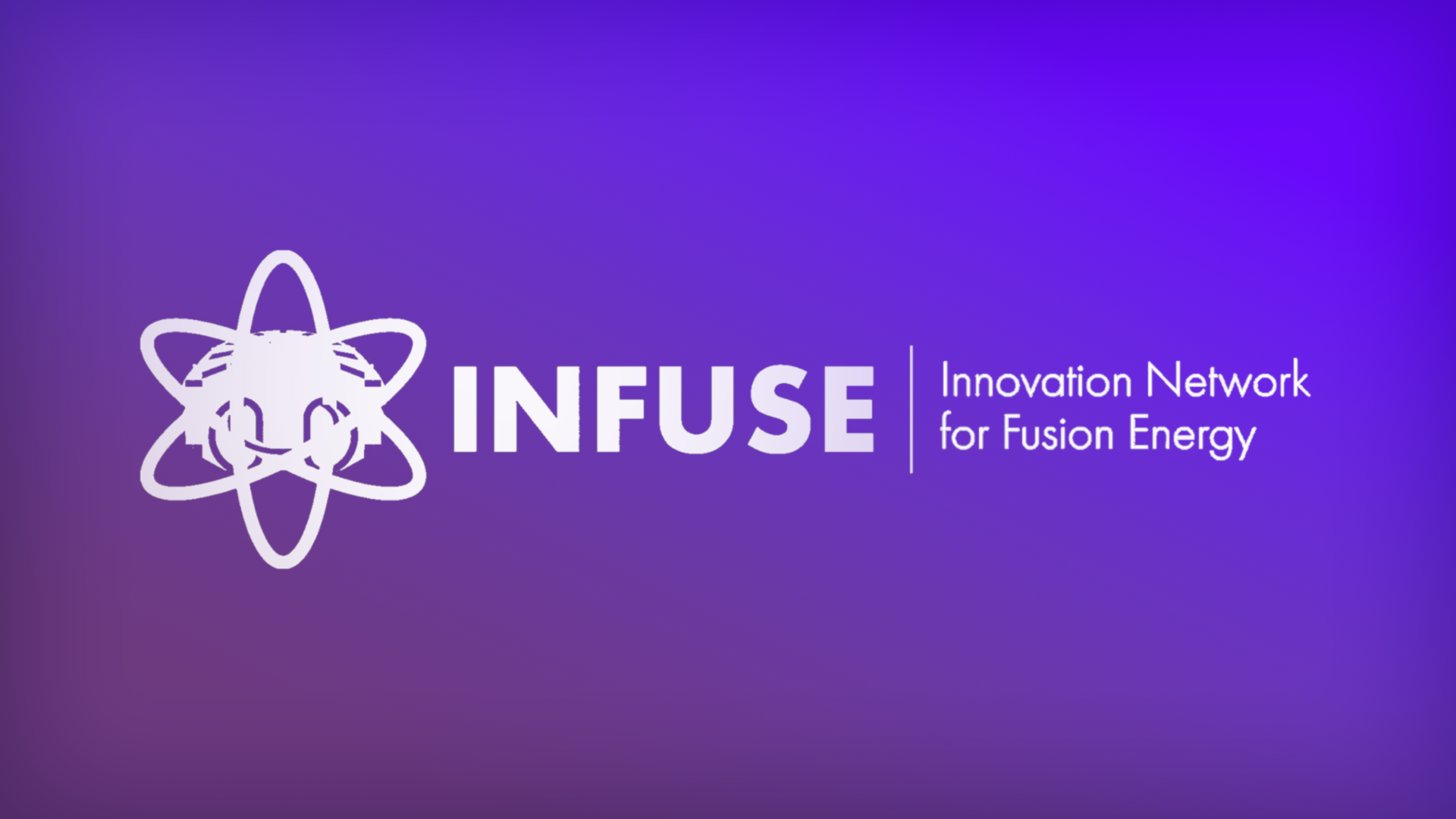The partnerships — representing one-third of the 18 the DOE’s Innovation Network for Fusion Energy (INFUSE) selected for 2023 — aim to accelerate the production of fusion energy, the same power that drives the sun and stars. The selections bring PPPL to 19 total partnerships awarded by INFUSE since the DOE launched the novel program in 2019.
“These awards show that our decades of fusion research are a key U.S. asset,” said Jon Menard, deputy director for research and chief research officer at PPPL. “We’re excited to contribute to private efforts to develop fusion to power the world.”
The six companies partnering with PPPL and its principal investigators include:
Commonwealth Fusion Systems (CFS). This spinoff from the Massachusetts Institute of Technology (MIT) is developing a compact tokamak facility called SPARC that features novel high-temperature superconductors. PPL physicists led by Alessandro Bortolon will conduct research for SPARC on its retention of deuterium – a form of hydrogen -in the boron with which CFS plans to coat the interior of its tokamak. The deuterium will stand-in for tritium, a radioactive form of hydrogen. Too much retained tritium in the tokamak wall or dust would leave insufficient room for fresh tritium to be injected into the plasma.
Focused Energy. This Austin, Texas, startup aims to develop commercial fusion energy within the next 20 years using laser technology. A PPPL project headed by physicists Will Fox and Sophia Malko will design a suite of diagnostics to optimize the laser-driven proton beams that will ignite fusion reactions. The design will draw on PPPL’s experience developing such diagnostics and its extensive review of current systems.
Helion Energy. This Everett, Washington, company is developing a Field Reversed Configuration (FRC) device to produce pulsed fusion energy. Helion and PPPL physicist Elena Belova will use a hybrid code developed at PPPL to simulate the FRC plasma dynamics in Helion experiments. The partners will compare the numerical and experimental results to improve understanding of FRC behavior and prepare a next-step prototype.
These three companies have formed engineering partnerships with PPPL:
Kyoto Fusioneering America. This Japanese-based subsidiary in Seattle, Washington, develops advanced technologies for commercial fusion reactors. The company will work with Andrei Khodak, a PPPL principal engineer, to speed the development of innovative liquid metal blankets for fusion devices. Such blankets will use high-energy neutrons released by 100-million degree fusion reactions to breed tritium and will collect the heat to generate electricity.
Bruker OST. This Carteret, New Jersey, unit of Germany’s Gauss Fusion (see below) will partner with Yuhu Zhai, a PPPL principal engineer, to build and test a high-temperature superconducting magnetic coil. The PPPL-designed coil could become part of next-generation central magnets called solenoids that will fit into the interior of spherical tokamaks. Such tokamaks, like today’s National Spherical Tokamak Experiment-Upgrade (NSTX-U) at PPPL, have limited space for solenoids to launch and ramp up fusion plasma.
Gauss Fusion. This partnership will explore another type of high-temperature superconductor designed to work with future spherical tokamaks that have high magnetic fields. Engineer Yuhu Zhai will use PPPL’s modeling capabilities to lead the exploration. The project also will compare the low temperature superconductor, which must operate in liquid helium at near-zero temperature, with high-temperature superconductors that can run at higher current density and higher temperature and magnetic fields.


